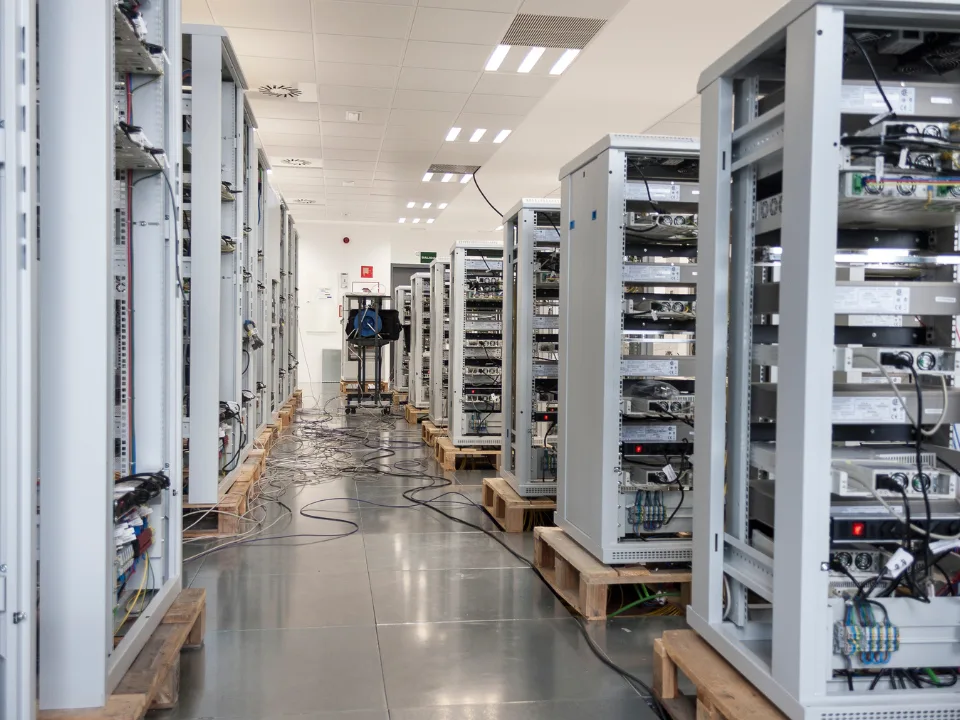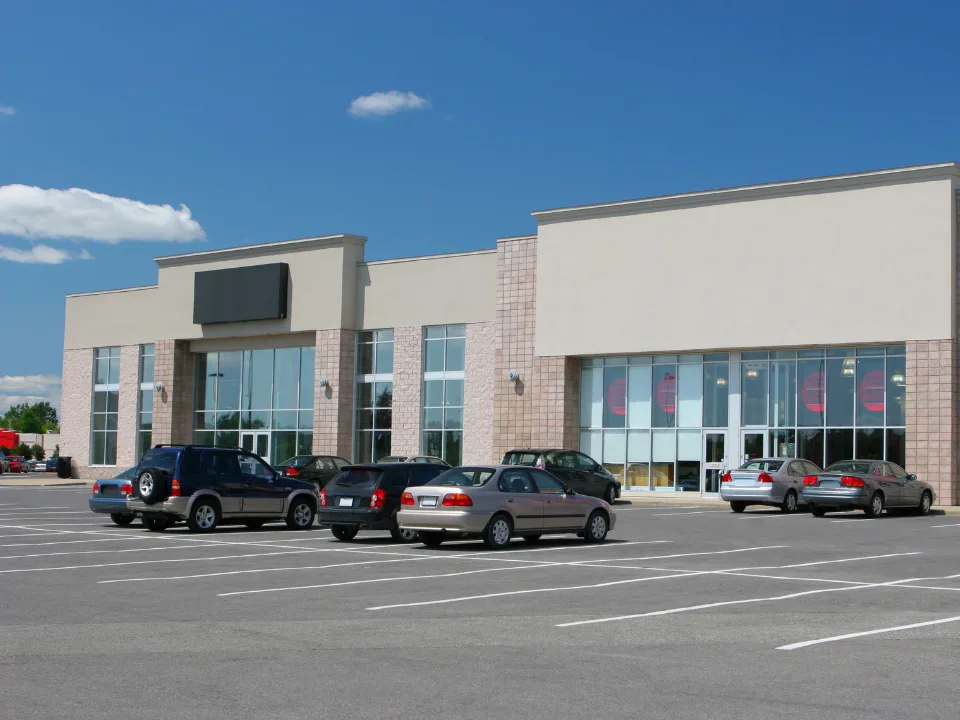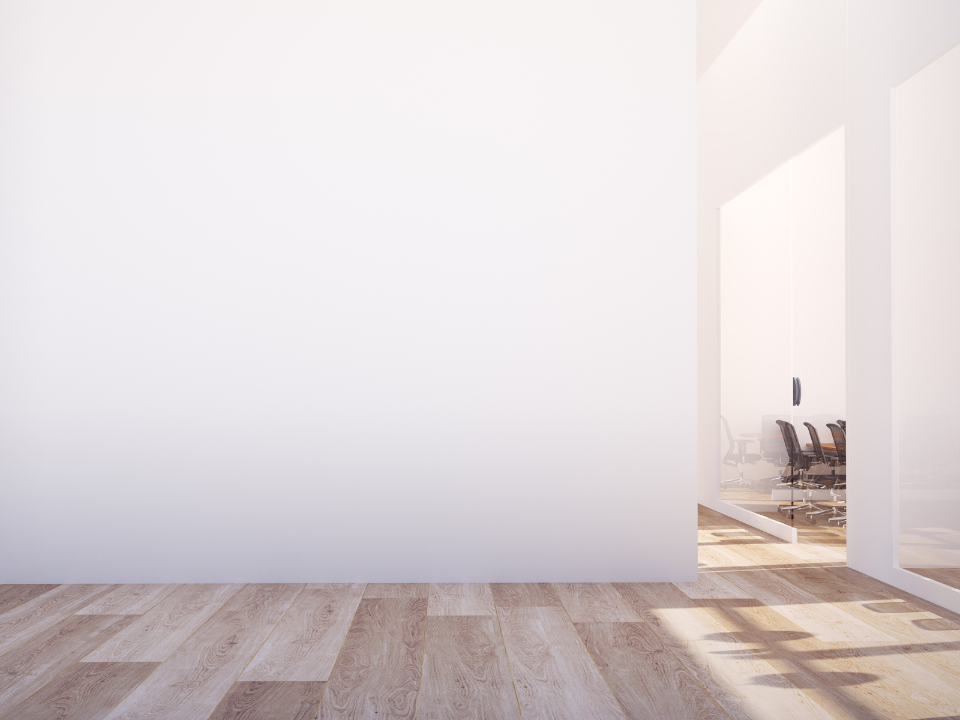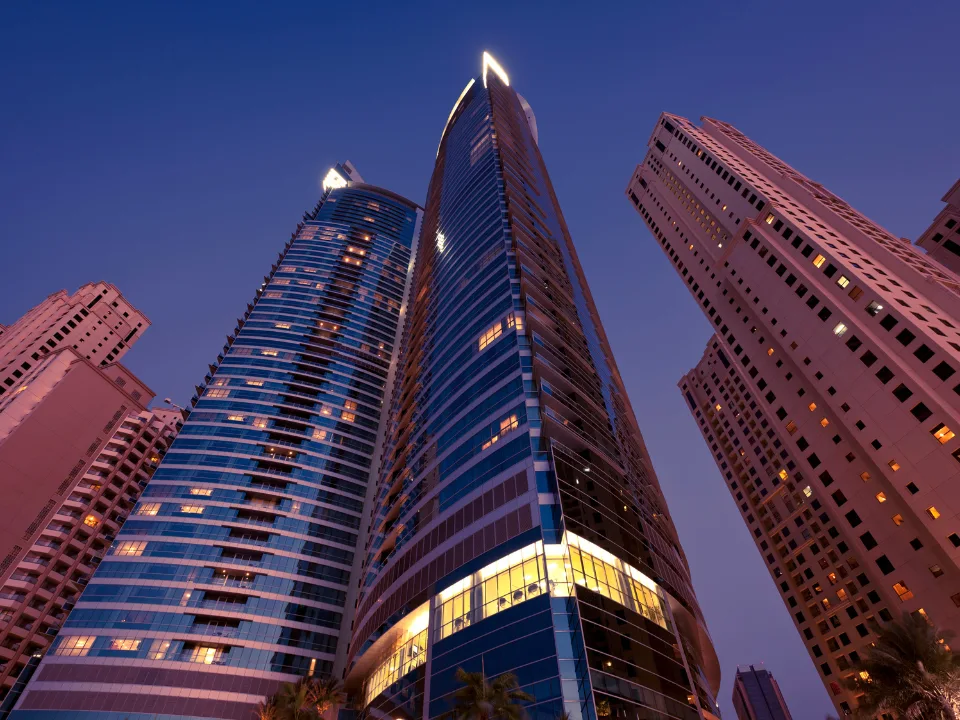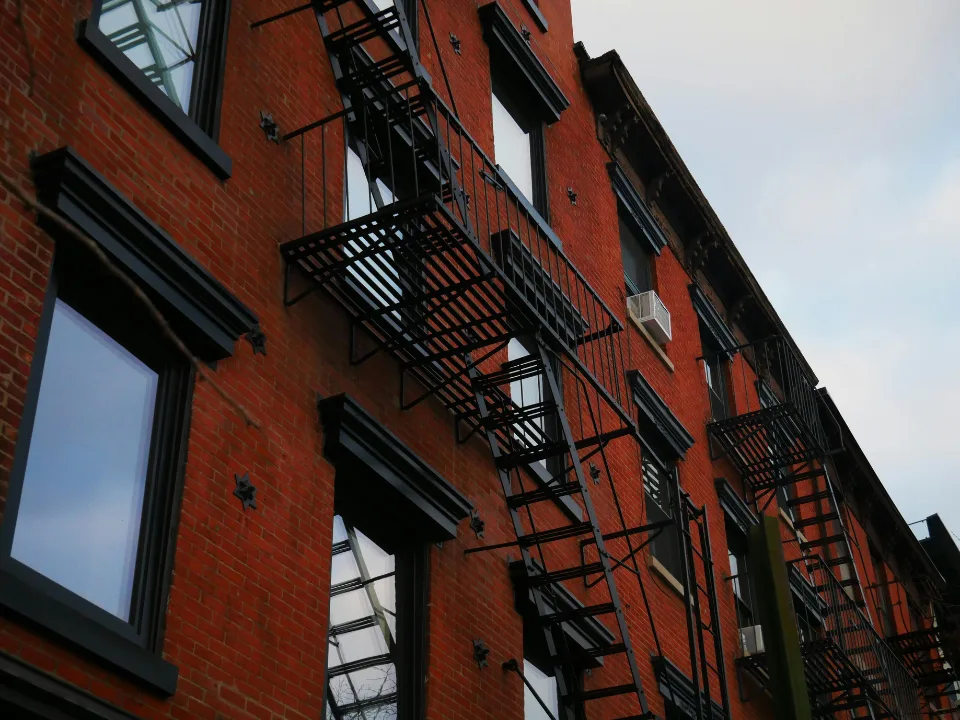- Over 6.5 MSF of Manhattan office space have been removed from inventory since 2020, with most earmarked for residential conversions.
- The oversupply of office space, worsened by the pandemic, has led to a surge in conversions, with more than twice the square footage converted in 2024 compared to 2023.
- Major conversion projects, like the Flatiron Building and 111 Wall Street, are spreading across Midtown and Downtown.
By The Numbers
As reported by The Real Deal, more than 6.5 MSF of office space has been removed from Manhattan’s inventory over the past four years, with the vast majority converted to residential use.
According to reports from CBRE and Colliers, conversions are playing a key role in reducing Manhattan’s office oversupply, particularly as demand for traditional office space weakens.
With over 93 MSF of office space still available in Manhattan, compared to just 52M in late 2019, the conversion trend is driven by the need to address both an office space glut and a housing shortage.
A Growing Trend
Office-to-residential conversions have gained momentum since 2021, particularly as companies reduce their office footprints in the wake of the pandemic.
In 2022, around 1.5 MSF were converted, with similar figures in 2023. By 2024, however, the pace has more than doubled, with conversions continuing to gain steam.
Franklin Wallach, Executive Managing Director at Colliers, noted the increasing pace of conversions: “Each year it seems to be moving at a faster rate. We’re not even fully done with 2024, and it’s already more than double the amount we saw last year.”
Big Projects Lead The Way
Several high-profile projects are driving the trend:
- The Brodsky Organization plans to convert the Flatiron Building’s vacant office space into luxury residential units.
- Related is transforming 625 Madison Avenue into a mixed-use property with retail, hotel, and condo components.
- InterVest Capital Partners is turning 111 Wall Street into 1.2 MSF of residential rentals.
These projects are representative of a broader shift towards converting aging office buildings into housing.
As CBRE’s Adam Foster remarked, “New York is undersupplied for new construction and modernized office buildings… it’s probably a good idea to recycle a lot of the inventory.”
Positive Absorption
Despite sluggish leasing activity, Manhattan’s office market is seeing positive absorption in areas where conversions are planned.
Midtown recorded its highest level of positive absorption in 3Q24 since 2005, driven in part by anticipated residential conversions. Downtown has had three consecutive quarters of positive absorption for similar reasons.
As leases expire and buildings are slated for conversion, the available office space does not return to the market. Instead, landlords looking to convert are halting leasing campaigns and not renewing existing leases, which helps alleviate the oversupply issue.
Transforming Midtown
While conversions were previously concentrated in downtown neighborhoods, they are now reaching all parts of Manhattan, including Midtown.
For example, SL Green (SLG) plans to convert 750 Third Avenue into 540 residential apartments, and there are also discussions of converting 5 Times Square.
Colliers’ Michael Cohen believes that these changes will significantly improve the city’s landscape: “The impact on Downtown has been extraordinary over the last several years, but it’s going to have a profound impact on Midtown as well.”
What’s Next
The trend of conversions shows no signs of slowing, with experts predicting even more creative approaches to repurposing office space in the coming years.
If initiatives like the Adams administration’s rezoning efforts and the City of Yes for Housing Opportunity succeed, the volume of conversions could reach tens of millions of square feet.
As Cohen remarked, “This is a very hot topic right now, and we’re going to see some very creative approaches over the next few years.”
